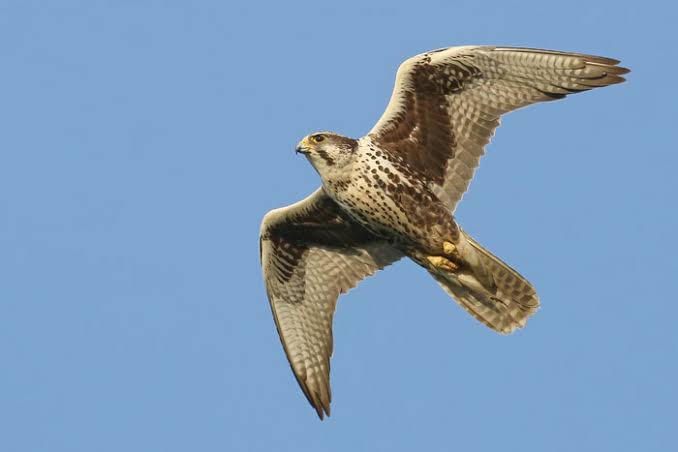The American robin (Turdus migratorius) is a migratory bird of the true thrush genus and Turdidae, the wider thrush family. It is named after the European robin because of its reddish-orange breast, though the two species are not closely related, with the European robin belonging to the Old World flycatcher family. American Robins are gray-brown birds with warm orange underparts and dark heads. In flight, a white patch on the lower belly and under the tail can be conspicuous. Compared with males, females have paler heads that contrast less with the gray back.
American Robins are common birds across the continent. You’ll find them on lawns, fields, and city parks, as well as in more wild places like woodlands, forests, mountains up to near treeline, recently burned forests, and tundra. During winter many robins move to moist woods where berry-producing trees and shrubs are common.
When foraging on the ground, the American Robin runs a few steps, then stops abruptly. In long grass, robins may hop or fly just above the ground powered by slow, powerful wingbeats. American Robins often find worms by staring, motionless, at the ground with the head cocked to one side. Robins sometimes fight over worms that others have caught. During fall and winter robins often roost in large flocks and spend much more time in trees. In spring, males attract females by singing, raising and spreading their tails, shaking their wings and inflating their white-striped throats. When pairs are forming in spring, you may see a display in which a male and female approach each other holding their bills wide open and touching them. Female robins choose the nest sites, which are typically on one or several horizontal branches hidden in or just below a layer of dense leaves. Nests are typically in the lower half of a tree, although they can be built as high as the treetop. American Robins also nest in gutters, eaves, on outdoor light fixtures, and other structures. In western prairies, American Robins may build their nests on the ground or in thickets, while in Alaska they sometimes nest on buildings or cliffs. Females build the nest from the inside out, pressing dead grass and twigs into a cup shape using the wrist of one wing. Other materials include paper, feathers, rootlets, or moss in addition to grass and twigs. Once the cup is formed, she reinforces the nest using soft mud gathered from worm castings to make a heavy, sturdy nest. She then lines the nest with fine dry grass. The finished nest is 6-8 inches across and 3-6 inches high. American Robins are strong, straight, and fast fliers.
American Robins eat large numbers of both invertebrates and fruit. Particularly in spring and summer they eat large numbers of earthworms as well as insects and some snails. (They have rarely been recorded eating shrews, small snakes, and aquatic insects.) Robins also eat an enormous variety of fruits, including chokecherries, hawthorn, dogwood, and sumac fruits, and juniper berries. One study suggested that robins may try to round out their diet by selectively eating fruits that have bugs in them. Predators to adult robins include hawks, snakes, and cats.
The musical song of the American Robin is a familiar sound of spring. It’s a string of 10 or so clear whistles assembled from a few often-repeated syllables, and often described as cheerily, cheer up, cheer up, cheerily, cheer up. The syllables rise and fall in pitch but are delivered at a steady rhythm, with a pause before the bird begins singing again. At dawn, the song is more rapid. American Robins often make a mumbled cuck or tuk to communicate with each other or a sharp yeep or peek as an alarm call. They also make a repeated chirr that rises in volume and can sound like a laugh or chuckle. Here is a link so you can listen to this bird too.





You are correct but Ive only met three total, I hope the next one I meet will be awesome and based